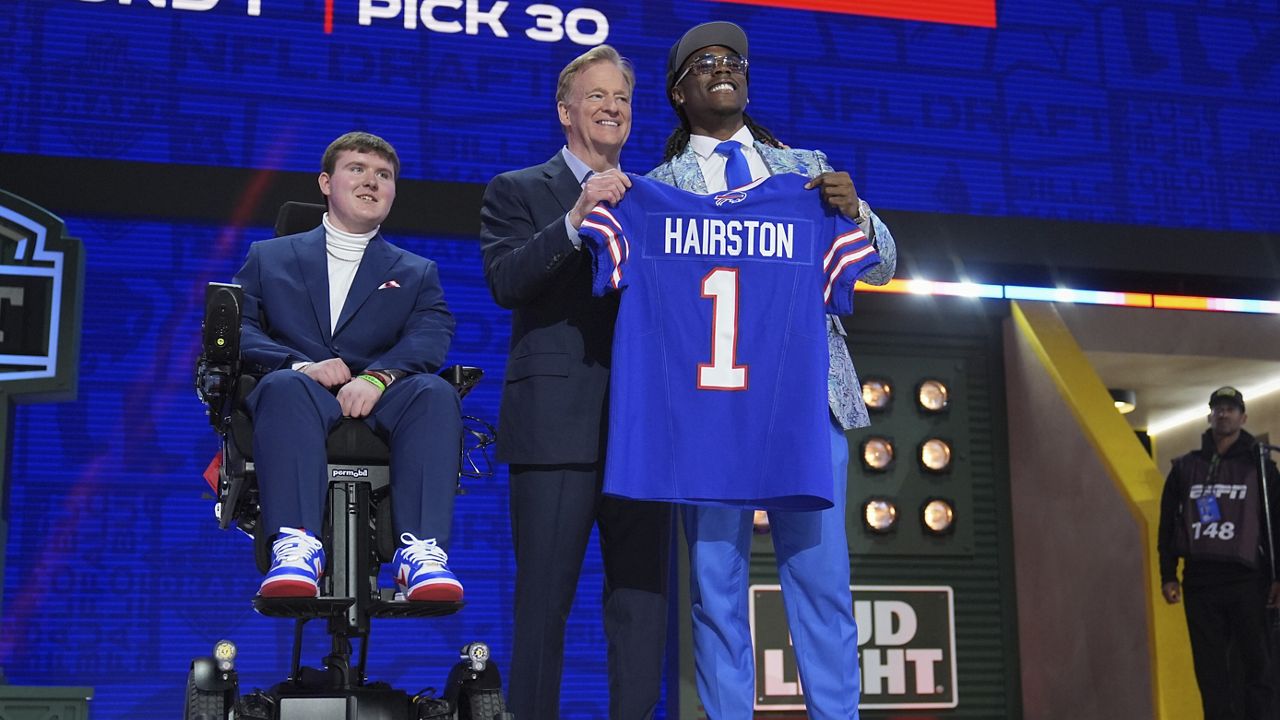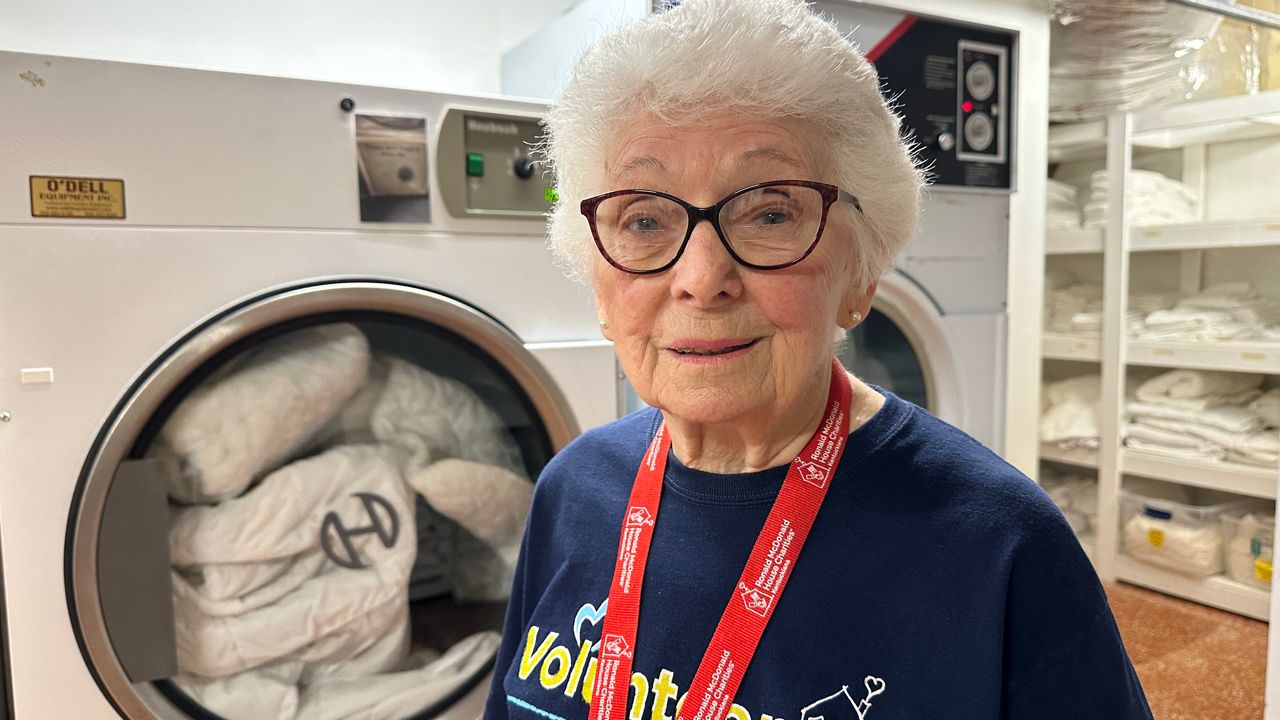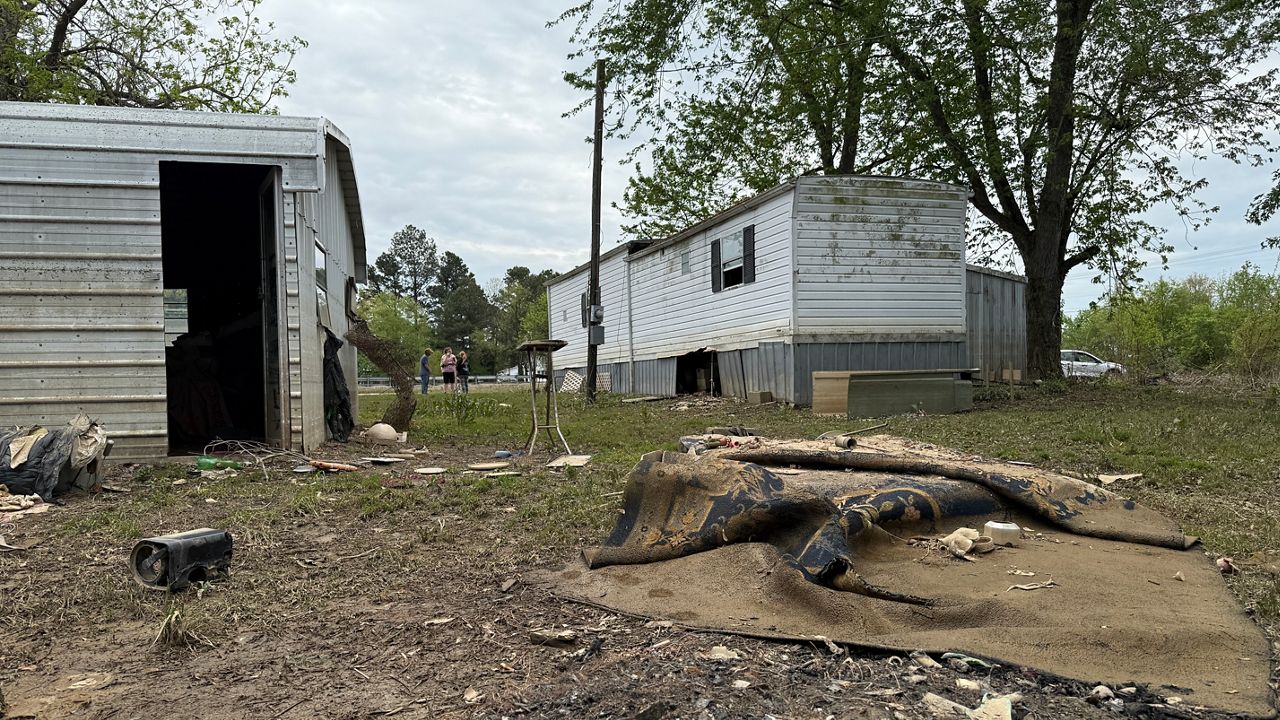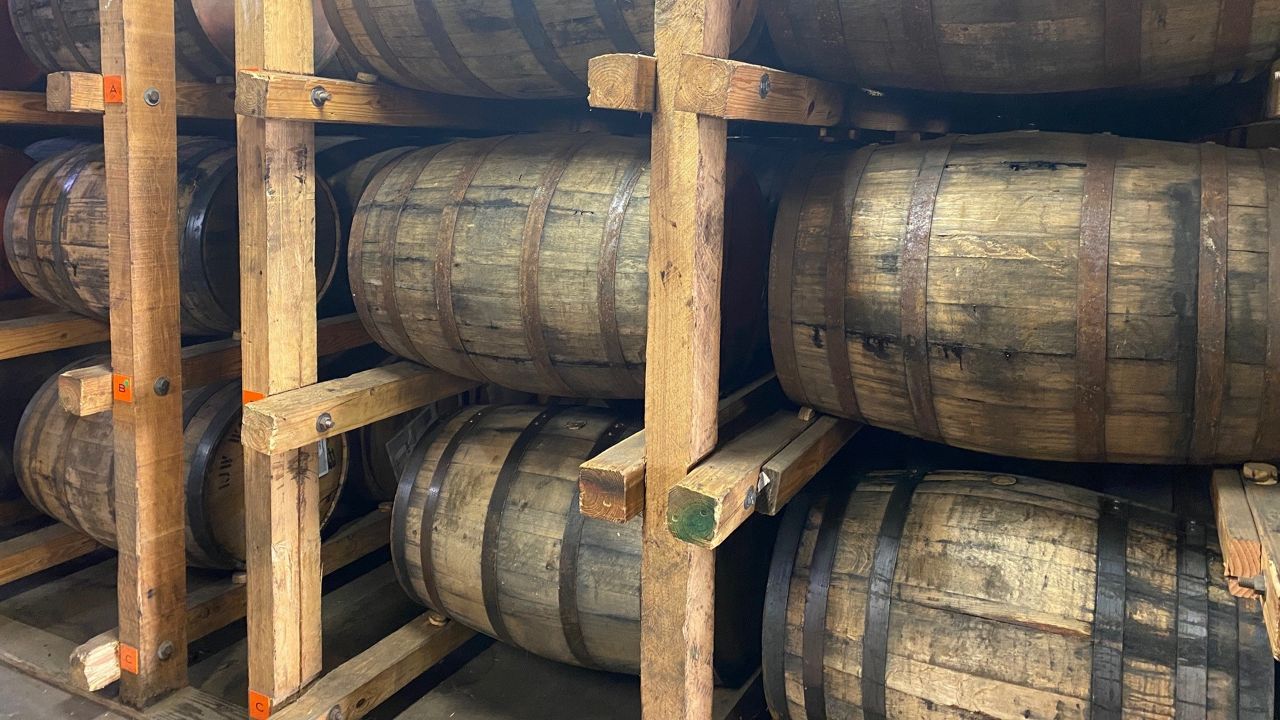LEXINGTON, Ky. — Donate Life Kentucky is celebrating Donate Life month with a traveling art exhibit highlighting Black organ donors and families, recipients and physicians.
Kendric Currington is one of many faces featured in the exhibit.
What You Need To Know
- Kendric Currington is an organ recipient featured in the ‘Faces of Donations’ art exhibit
- Artist Charles Rice created the exhibit’s artwork, which is a made possible by Donate Life Kentucky
- Currington is a Louisville native, who received a liver transplant when he was 27 years old
- Currington waited 14 years to be a perfect match for a liver but said he struggles with survivors’ guilt
The artwork installation is a partnership between Donate Life Kentucky and UK Arts in HealthCare.
Inside of University of Kentucky’s Chandler Hospital, Hamilton Gallery displays the ‘Faces of Donation’. It’s a new exhibit created by Charles Rice, creator of “ArtbyRice” to showcase the story of Black organ donors and families, recipients and physicians.
The artwork is a part of Kentucky Organ Donor Affiliates (KODA) multicultural campaign “Be the One”. It gives way to raising awareness around organ donation and transplantation within Black communities. Jason Akhtarekhavari, Manager, UK Arts in HealthCare said the following in a March 2022 press release:
“Visual art is a powerful way to communicate. It affords us the opportunity to raise awareness about the importance of organ donation through a different medium. The ‘Faces of Donation’ exhibit exemplifies the old adage: a picture is worth a thousand words. When we see the faces of those individuals impacted by organ donation, we connect with them, and the message becomes much more meaningful.”
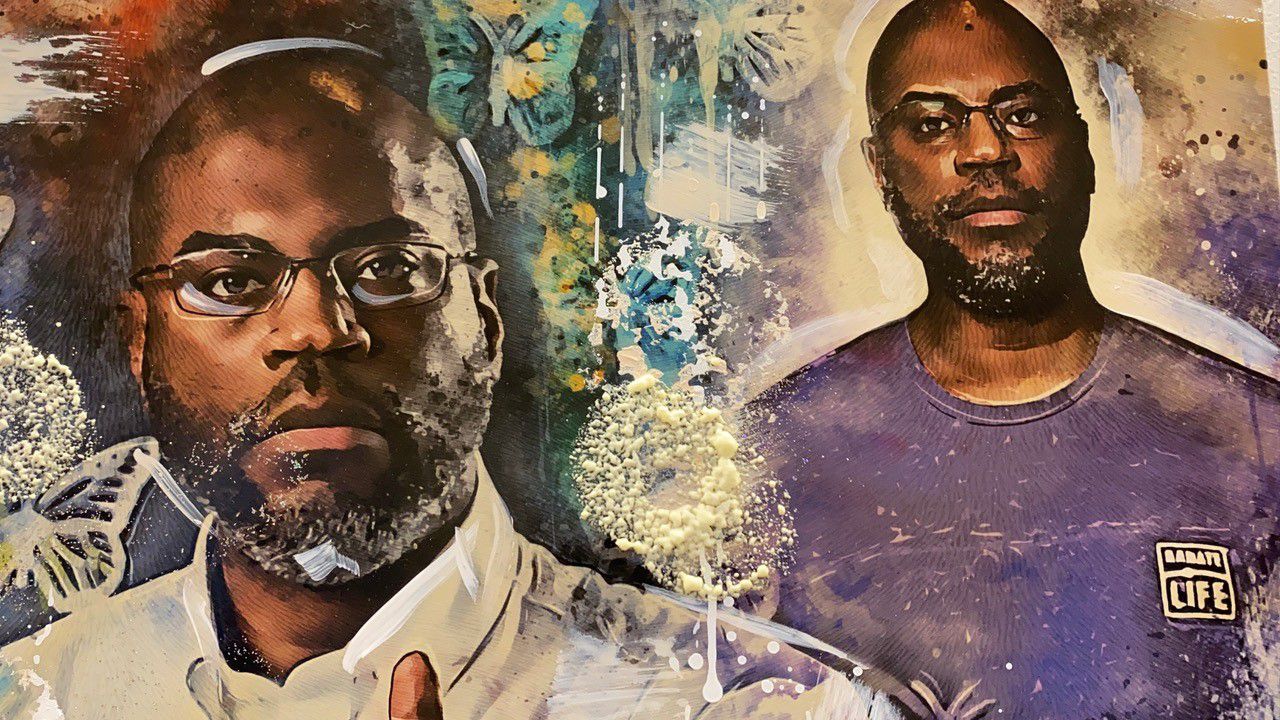
Louisville native Kendric Currington is just one of the many featured in the art exhibit. Currington is still here today because of his organ donor. He wanted to celebrate that second chance at life every moment he gets. Currington’s transplant surgeon Dr. Christopher Jones is also featured in the art exhibit.
“Never once did I think about organ donation or blood transfusions or giving blood, receiving any of that. And at the age of 13, I was diagnosed with inflammation that causes scars within the bile ducts of the liver,” said Currington.
The disease Currington was diagnosed with when he was 13 is known as Non-alcoholic sorosis of the liver. Currington would end up spending his childhood in and out of Kentucky hospitals and putting a halt on school and basketball career.
It was something hard to come to terms with, but something he needed to do. Doctors encouraged him to continue to stay active and eat healthy, as that would make him a great candidate for a liver transplant.
“I just remember them telling me that this would be something that we need to transplant for. Didn’t really know how serious it was. I was like, oh, is something that I can take a pill for the shot? I didn’t know what the disease was,” said Currington.
In the Black community, statistics show the community is less likely to register as organ donors, but accounted for 28% of the United States transplant list in 2020, according to the U.S. Department of Health and Human Services Office of Minority Health.
Currington sat on the transplant list for 14 years, enduring countless false hopes.
“I was sitting down in the doctor’s office like I’m ready and they’re like it’s not time yet, so it was frustrating,” said Currington.
At 27, Currington received the call he’d been waiting half of his life for but was weeks from death. He received a liver from a woman living in Pittsburgh, Pennsylvania named McKenzi Loid.
“To see just how close I was to not even receiving it, it’s a blessing, but it feels like a curse as well only because someone had to go,” said Currington.
Now 32, Currington struggles with survivor’s guilt and wants to help eliminate the stigma of not signing up to be an organ donor in the Black community.
“We’re not using it when we pass away, so to know that a part of you can be here much, much later after we’re gone and to know you helped someone live a longer life, to me it’s great. It’s not a sacrifice, it’s a gift,” said Currington.
The exhibit will end April 29 at UK’s Chandler Hospital and then move to the Meeting Room Gallery at the Pam Miller Downtown Arts Center in Lexington from May 6 until June 22.







